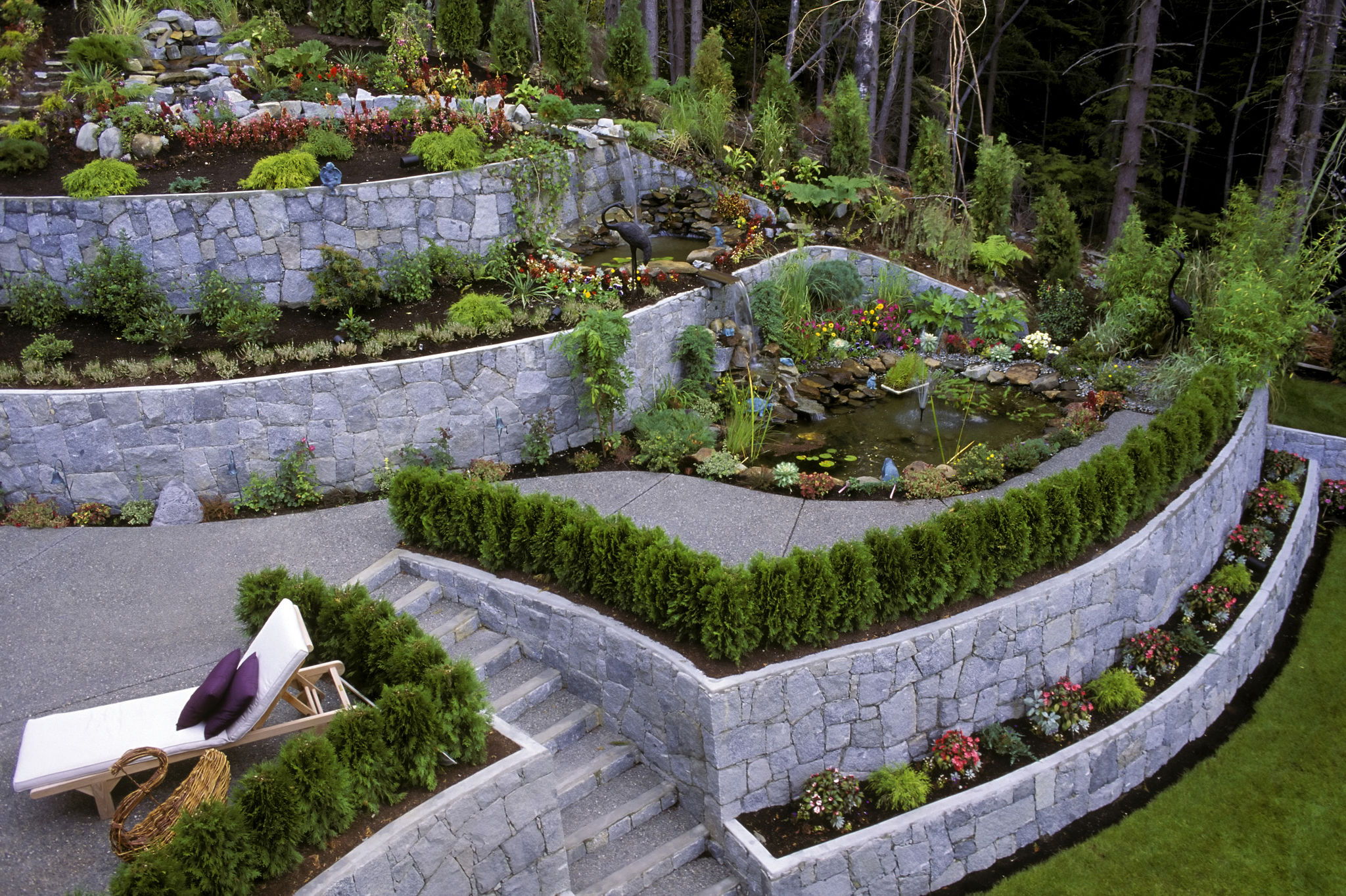Case Study: Transforming a Backyard into a Bountiful Edible Garden
The Vision: From Lawn to Lush
Imagine stepping into your backyard and being greeted by the vibrant colors of fresh vegetables, the aromatic scent of herbs, and the sweet promise of fruit. This is not just a dream but a reality for homeowners who have embraced the concept of transforming their outdoor space into an edible garden. In this case study, we explore how one family turned their grassy backyard into a bountiful edible haven.

The journey began with a vision. The homeowners wanted to create a sustainable and self-sufficient environment that not only beautified their property but also provided fresh produce year-round. With the help of a landscape designer experienced in edible gardens, they set out to make their dream a reality.
Planning and Design
The first step in the transformation was meticulous planning. The designer collaborated with the homeowners to understand their preferences, dietary needs, and the types of plants they wanted to grow. They also considered factors such as sunlight exposure, soil quality, and water availability.
Using this information, a layout was created that incorporated raised beds, vertical gardens, and container planting. These elements allowed for efficient use of space and provided a diverse range of planting options.
The Build: From Concept to Creation
With the design finalized, construction began. The existing lawn was removed to make way for the new garden beds. The team used sustainable materials and incorporated smart irrigation systems to ensure efficient water use.

The raised beds were filled with nutrient-rich soil and positioned strategically to maximize sunlight exposure. Vertical gardens were installed against the fences, offering additional growing space while adding an artistic element to the garden's design.
Cultivating Abundance
Once the physical structure was in place, the process of planting began. A variety of fruits, vegetables, and herbs were carefully selected based on seasonal cycles and the family’s preferences. They planted everything from tomatoes and peppers to strawberries and basil.
The homeowners were actively involved in this phase, learning about companion planting and organic pest control methods. This hands-on experience was not only educational but also empowering.
Harvesting the Rewards
As the seasons changed, so did the garden. The family enjoyed fresh produce throughout the year, reducing their grocery bills and increasing their consumption of organic fruits and vegetables. The edible garden also became a source of pride and joy, providing a peaceful retreat from daily life.

Moreover, this transformation had a positive environmental impact. By reducing their reliance on store-bought produce, the family decreased their carbon footprint. The garden also attracted pollinators like bees and butterflies, enhancing local biodiversity.
Lessons Learned
This journey from lawn to lush edible garden taught valuable lessons about sustainability and self-reliance. The family learned the importance of patience and persistence, as gardening requires both time and dedication.
The benefits extended beyond just food production. The garden became a community hub where friends and neighbors gathered to learn about gardening techniques or simply enjoy the beauty of the space.
Inspiring Others
This case study serves as an inspiration for anyone considering transforming their backyard into an edible garden. It demonstrates that with thoughtful planning, creativity, and commitment, it's possible to turn even a small outdoor area into a productive and beautiful landscape.
Whether you're looking to reduce grocery costs, improve your diet with organic produce, or simply enjoy the therapeutic benefits of gardening, turning your backyard into an edible garden could be a rewarding endeavor.